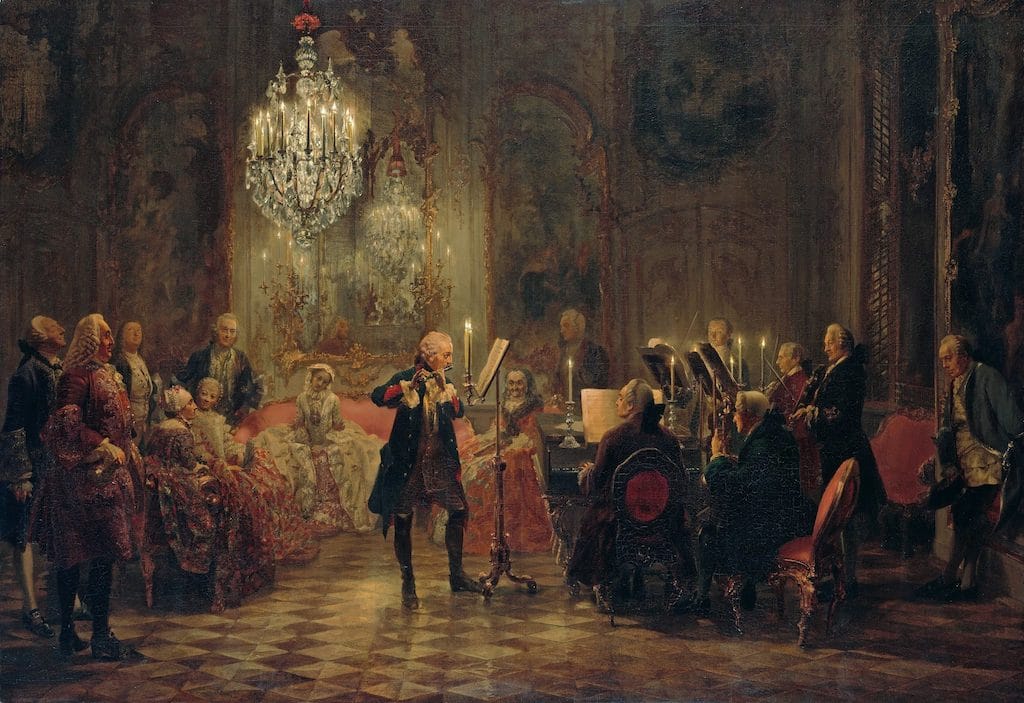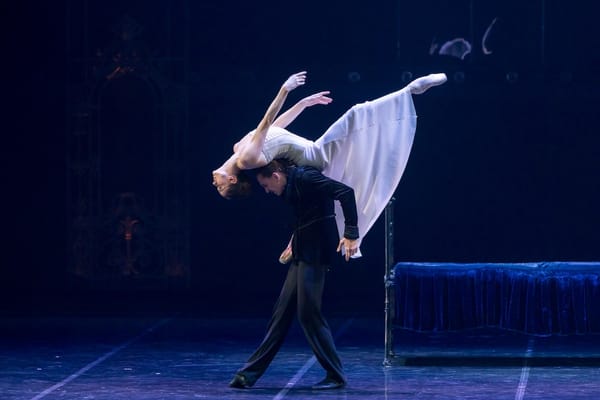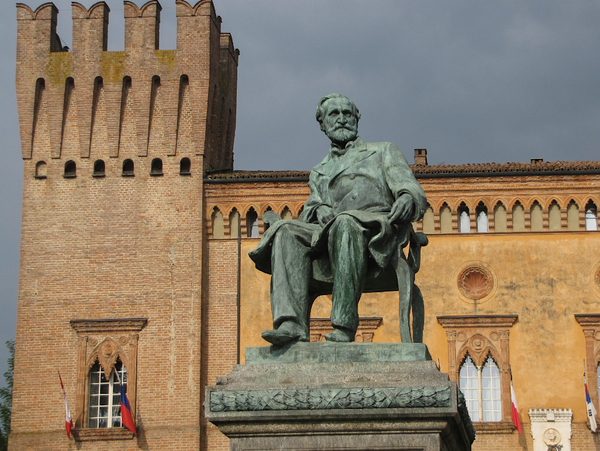How to Teach Music History Effectively: A Guide for Educators
An engaging guide for educators on how to transform music history from a list of dates and composers into a rich, critical, and inclusive exploration of culture, sound, and change across time.

Teaching music history is far more than a chronological march through the lives of composers and the styles of their eras. Done well, it can spark curiosity, deepen listening skills, and draw powerful connections between music and the social, political, and artistic movements that shaped it. Yet, for many students, music history remains an intimidating and sometimes dry subject. The key to transforming music history into a vibrant, engaging, and insightful experience lies in rethinking how it is taught.
This article explores effective strategies for teaching music history in schools, conservatoires, and community settings. These are methods that combine contextual understanding, critical listening, and student participation to make music history meaningful and memorable.
Move Beyond Dates and Dead Composers
One of the most common pitfalls in music history teaching is an overreliance on facts: birth and death dates, opus numbers, and stylistic labels. While factual knowledge is essential, it should serve a larger purpose. The goal is to understand why a piece of music sounds the way it does, how it reflects its time, and why it continues to resonate today.
Rather than beginning with a list of names and dates, start with a piece of music. Ask: What do you hear? What emotions or images does it evoke? What questions does it raise about the world in which it was created? These inquiries allow students to build a connection with the music before being given the contextual framework.
Curate Rather Than Cram
The history of Western music is vast, and no course can cover it all. A more effective approach is to curate carefully by selecting works that exemplify key shifts, movements, or tensions in musical history.
For example, instead of surveying all Baroque composers, focus on a few whose works demonstrate contrasting approaches, such as Monteverdi, Bach, and Vivaldi. Let students explore how these composers responded differently to similar aesthetic or liturgical demands. Encourage deep listening over breadth, and offer comparative contexts that lead to critical thinking. For instance, ask: Why does Vivaldi’s use of the ritornello form work differently from Bach’s?
This method allows students to develop a deeper understanding of fewer works, rather than a superficial acquaintance with many.
Teach History as a Narrative of Ideas and Change
Music history is not just a succession of styles. It is a story of evolving aesthetics, technologies, institutions, and ideologies. Teaching music history as a narrative of change, rather than as a museum catalogue, makes it more relevant and exciting.
For example, frame the transition from the Classical to the Romantic era not merely as a shift in harmonic vocabulary or orchestration, but as a broader cultural turn towards individual expression, political revolution, and the sublime. Beethoven’s Eroica becomes not just an orchestral work in E-flat major, but a manifesto of human will and defiance.
Similarly, the emergence of modernism in the early 20th century should not be taught simply as atonality replacing tonality. It must also be seen as a response to the collapse of old world orders, the trauma of war, and the search for new modes of meaning.
Use Multimedia and Cross-Disciplinary Tools
In today’s digital age, music history can be enriched through multimedia resources such as videos, timelines, interactive scores, historical photographs, letters, and contemporary accounts. Use recordings that show differences in interpretation over time. Compare Toscanini’s brisk Beethoven to Furtwängler’s expansive approach. Discuss what these performances say about changing tastes, ideologies, or technical capacities.
Cross-disciplinary connections also bring music history alive. Link Debussy’s music to Impressionist painting, or Wagner’s operas to German Romantic literature and philosophy. Show how music evolved alongside architecture, science, or political thought. This holistic approach gives students a more integrated understanding of cultural history.
Prioritise Listening as an Active Skill
Music history should train students to listen critically and attentively. Each class should include focused listening sessions with guided questions such as: What do you notice in the orchestration? How is form being used? What expressive techniques are employed?
Encourage students to compare different recordings of the same work or different pieces with similar functions, such as Mass settings by Palestrina and Byrd. Teach them to recognise stylistic fingerprints, but also to remain alert to the expressive uniqueness of each piece.
Over time, this develops aural literacy and fosters deeper engagement. After all, the primary artefact of music history is not the date of a composer’s birth but the sound of their music.
Introduce Underrepresented Voices
A modern approach to music history must reckon with its exclusions. For too long, curricula have privileged a narrow, often Eurocentric canon. While the core works of Bach, Mozart, Beethoven, and others should remain, they must be complemented by lesser-known voices including women composers, composers of colour, and musical traditions outside the Western European mainstream.
Introducing Hildegard of Bingen, Florence Price, or Chevalier de Saint-Georges alongside more canonical figures expands the historical narrative. It also fosters inclusive thinking and invites students to question whose stories are told and why.
Similarly, include Indian, Middle Eastern, African, East Asian, and Indigenous musical histories when appropriate. Highlight connections between Western and non-Western traditions, such as the influence of gamelan on Debussy, or jazz on 20th-century composers like Ravel and Stravinsky.
Encourage Discussion, Debate and Interpretation
Music history should not be delivered as doctrine but as an invitation to think. Encourage students to ask questions, offer interpretations, and debate meanings.
Is Wagner’s Ring Cycle a nationalist epic or a critique of power? Was Schoenberg’s break with tonality inevitable? Did the printing press help standardise or ossify musical taste?
Let students wrestle with these questions, using musical and historical evidence. This develops analytical and verbal skills, and makes the classroom a site of active inquiry rather than passive reception.
Adapt to Your Audience
Whether you are teaching young students, amateur enthusiasts, or aspiring professionals, it is vital to adapt your language, pacing, and content.
With children, stories and imagination work best. Introduce them to Haydn through his “Surprise” Symphony or to Purcell through the magical world of Dido and Aeneas. With adults, appeal to intellectual curiosity, drawing links between music and politics, literature, or personal expression. With conservatoire students, go deeper into score analysis and performance practice, linking history directly to interpretation.
Ultimately, effective teaching depends on understanding your audience and tailoring your methods accordingly.
Connect Past to Present
Finally, help students understand that music history is not over. It is ongoing. Show how the past informs the present—how film composers borrow from Romantic orchestration, or how contemporary composers such as Thomas Adès or Unsuk Chin draw on historical forms in modern idioms.
Organise concert outings, listen to live or recorded performances, and, where possible, invite living composers, performers, or historians to speak to students. These experiences bridge the historical with the contemporary and reinforce music’s relevance today.





